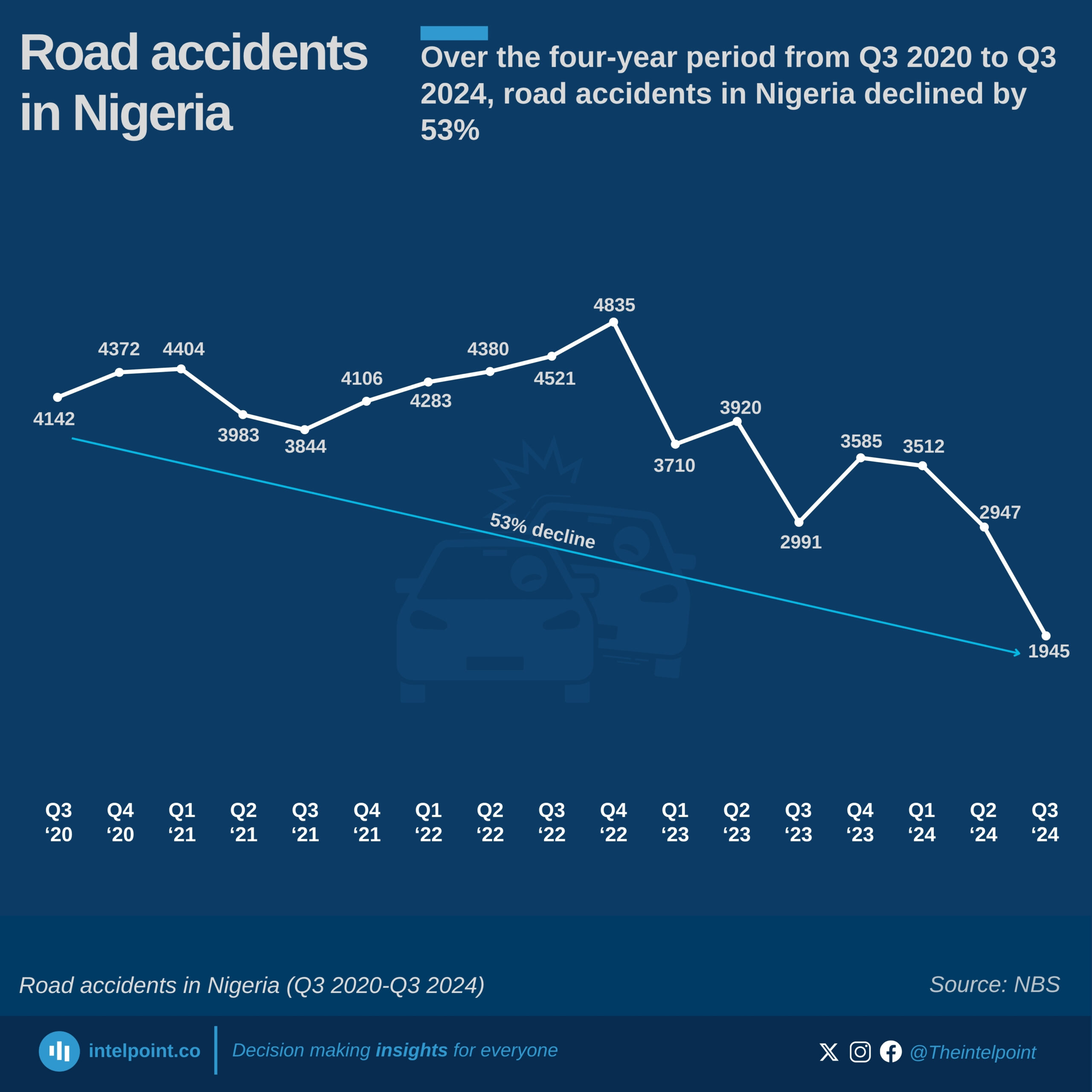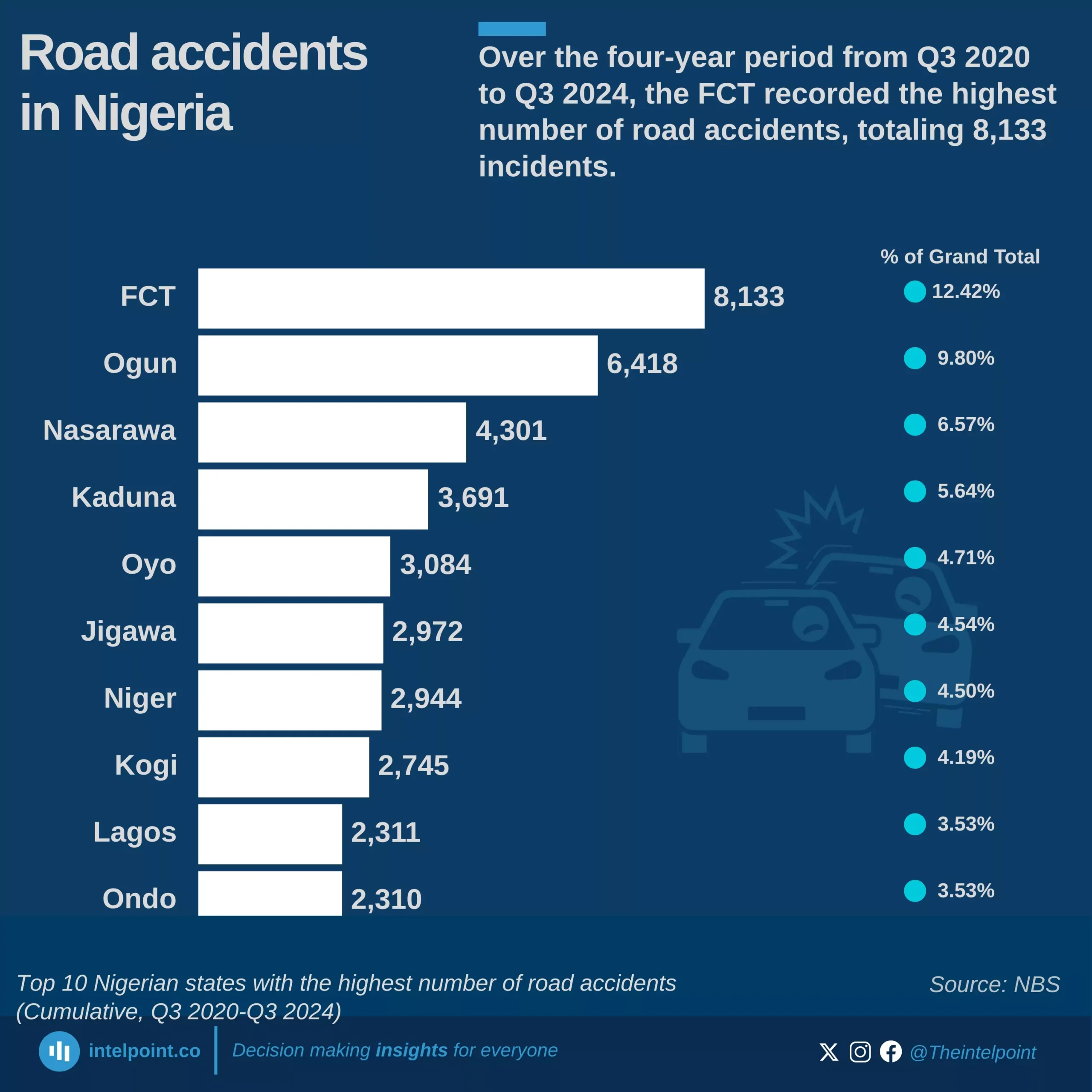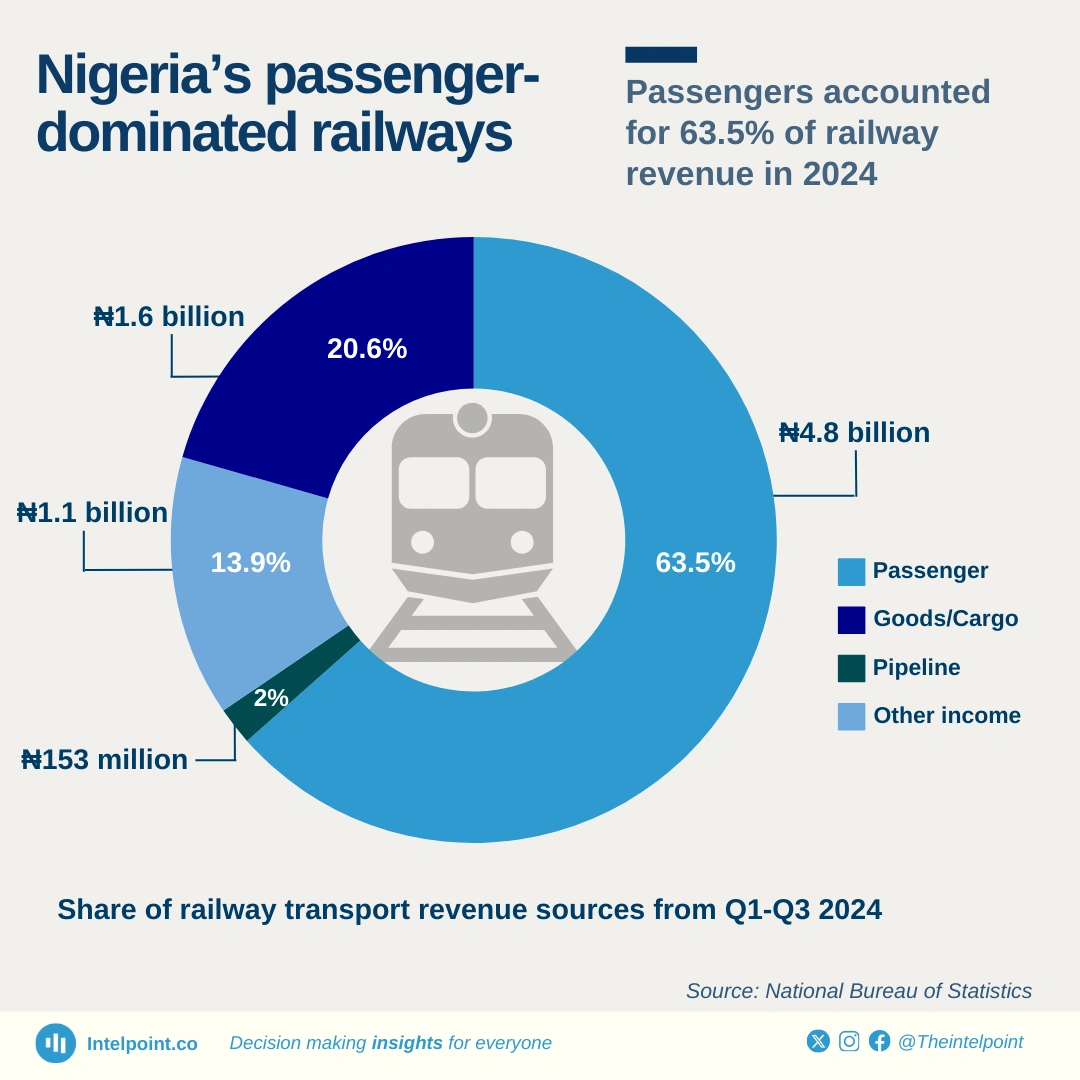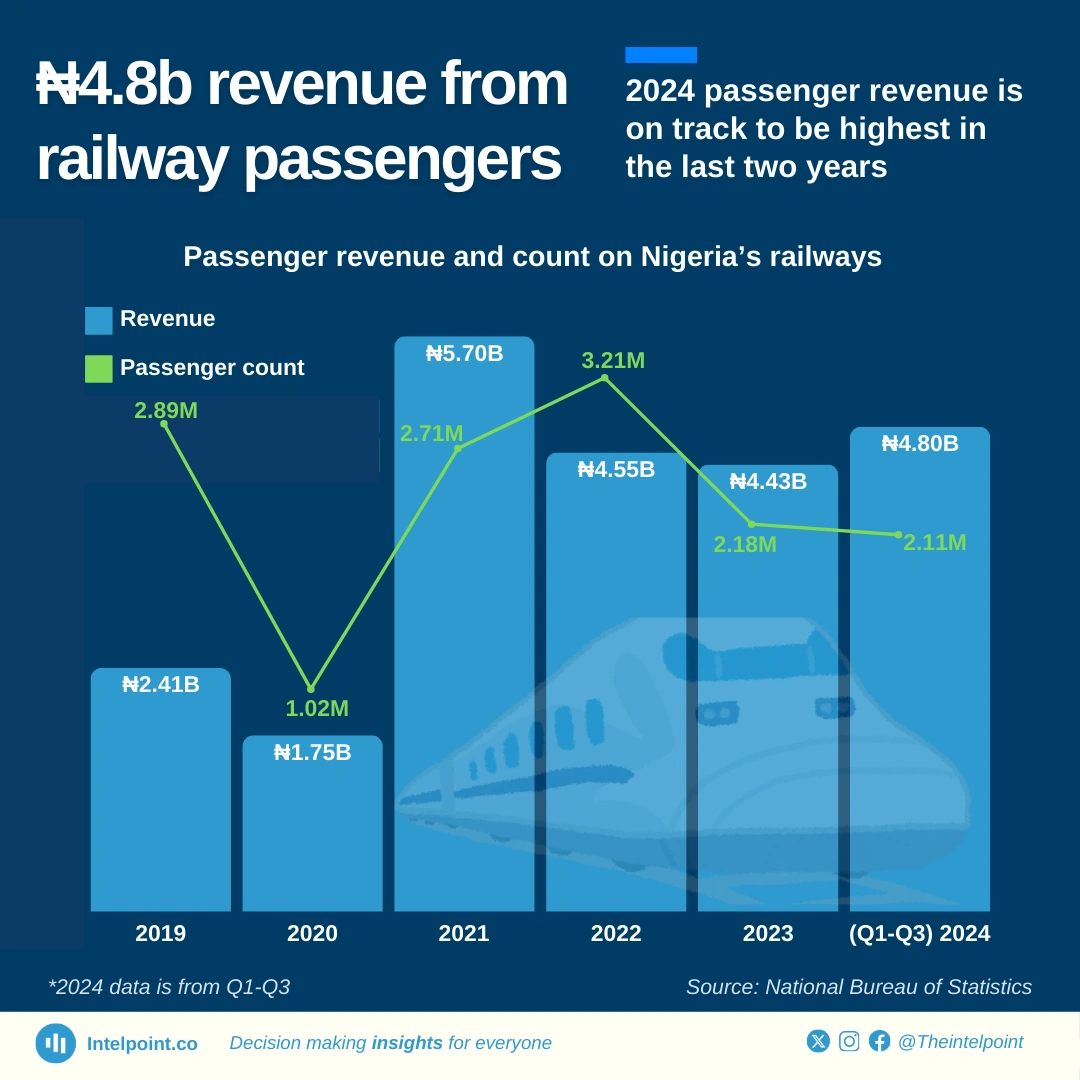Road traffic crashes in Nigeria remain a significant concern, with an average casualty rate of approximately 50% throughout 2022. This means half of the people involved in crashes either sustained injuries or lost their lives. While the remaining half walked away unharmed, February and November had the highest casualty rates at 53%, though with just a slight increase from other months.
A closer look at the data reveals that injuries far outweigh fatalities across all months. This pattern shows the heavy burden on hospitals and emergency services, which often struggle to manage the influx of victims. December, a festive season marked by increased travel, saw a casualty rate of 52%, with deaths accounting for 6.4% and injuries rising to 45.7%. This reaffirms the need for extra caution during peak travel when road congestion and reckless driving are heightened.
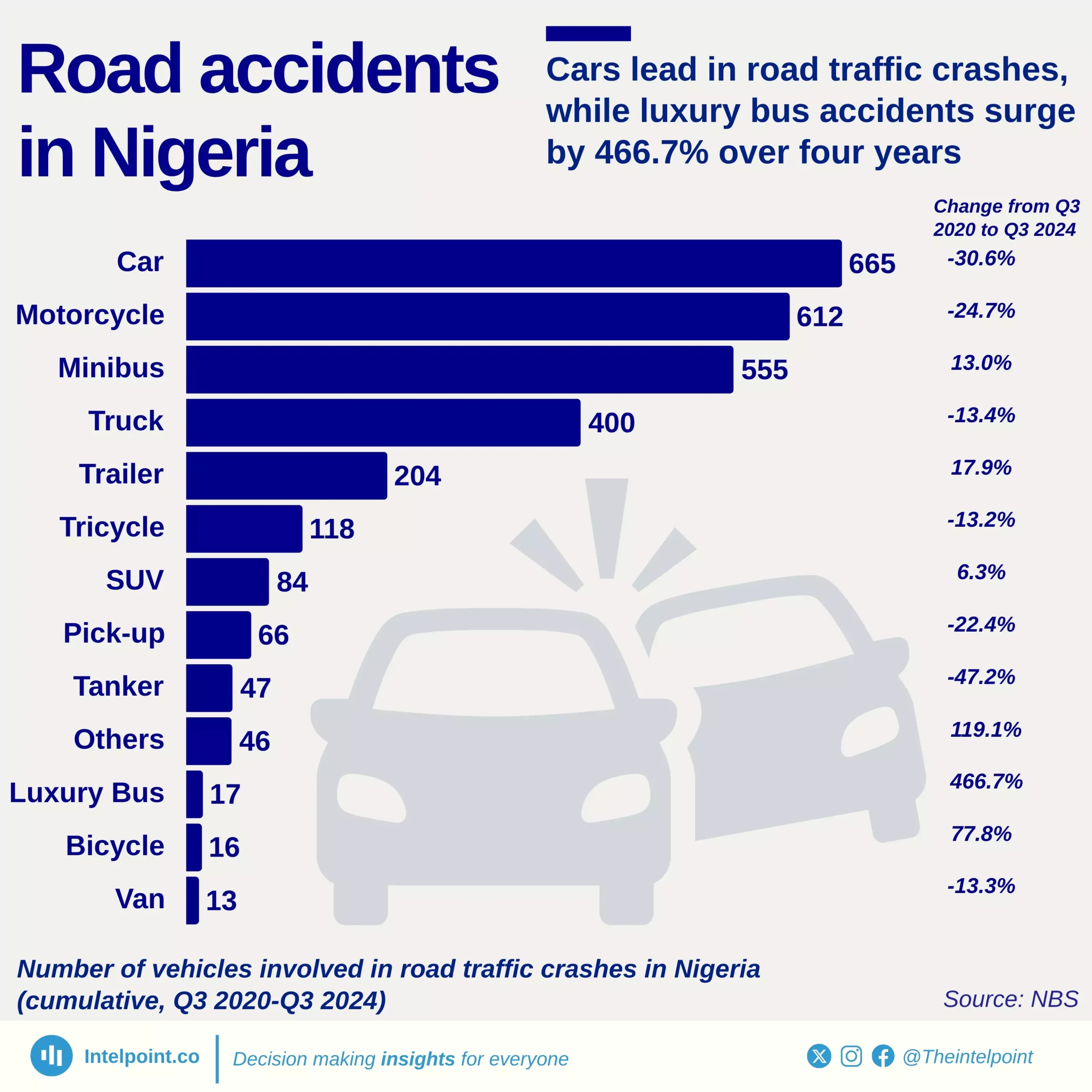
FCT, Ogun, and Nasarawa consistently rank as the top three states with the highest number of road accidents.
The FCT recorded its peak accident figures in 2022, particularly in Q2 (842 cases) and Q4 (864 cases).
In Q2 and Q3 of 2024, Ogun State surpassed the FCT in the number of reported accidents.
Across these three states, there has been a notable decline in accident numbers, with an average decrease of approximately 37.6% between Q2 and Q3 2024.

